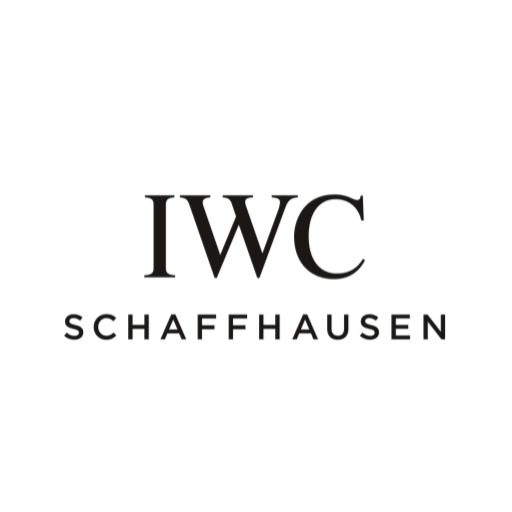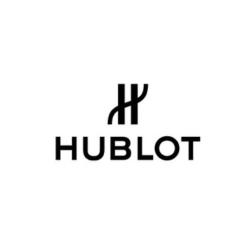Watch Guides
Omega vs TAG Heuer
Title: Omega vs. TAG Heuer: The Battle of Luxury Swiss Watches
Introduction (200 words)
In the world of luxury Swiss watches, two prestigious brands stand out: Omega and TAG Heuer. These watchmakers have a rich history and have consistently produced exceptional timepieces adored by watch enthusiasts around the globe. In this blog, we will delve into the comparison of Omega and TAG Heuer, shedding light on their iconic models, innovations, and overall brand philosophies.
I. History and Legacy (500 words)
Both Omega and TAG Heuer boast impressive histories that span over a century. Omega, founded in 1848, has established itself as an iconic name synonymous with precision and innovation. From being the official timekeeper at the Olympics to being the first watch on the moon, Omega has a legacy of remarkable achievements.
On the other hand, TAG Heuer came into existence in 1860, renowned for its technological advancements and avant-garde designs. TAG Heuer’s association with motorsports and its breakthrough developments in chronographs have solidified its position as a pioneer of Swiss watchmaking.
II. Iconic Models (800 words)
a) Omega: The Seamaster and Speedmaster
Omega’s Seamaster and Speedmaster collections have become icons in the horological world. The Seamaster, introduced in 1948, gained its fame as the choice of James Bond in the movies. With its classic design, robustness, and exceptional water resistance, the Seamaster has become a symbol of elegance and adventure.
The Speedmaster, on the other hand, is Omega’s most famous chronograph watch. It achieved its legendary status when it became the first watch worn on the moon during the Apollo 11 mission in 1969. The Speedmaster’s reputation for durability, accuracy, and attractive aesthetics has made it a favorite among watch enthusiasts and collectors alike.
b) TAG Heuer: The Carrera and Monaco
TAG Heuer’s Carrera and Monaco models have left an indelible mark on the watchmaking industry. The Carrera, introduced in 1963, was designed specifically for motorsports enthusiasts. Its sleek and sporty look, combined with exceptional precision, makes it a beloved timepiece among racing aficionados.
The Monaco, famously worn by Steve McQueen in the movie “Le Mans,” brought TAG Heuer into the limelight. With its square case and unconventional design, the Monaco became an instant hit, capturing the spirit of the ’60s like no other watch. Today, the Monaco is an iconic symbol of TAG Heuer’s innovation and daring style.
III. Technological Innovations (900 words)
a) Omega: Co-Axial Escapement and Master Chronometer
One of Omega’s greatest advancements is the Co-Axial escapement, introduced in the late 1990s. This revolutionary mechanism reduces friction, resulting in enhanced accuracy and longevity of the watch movement. The Co-Axial escapement is a testament to Omega’s commitment to pushing the boundaries of horological engineering.
Furthermore, Omega has invested heavily in the development of their Master Chronometer movements. These movements undergo rigorous testing and certification processes, ensuring exceptional precision and resistance to magnetic fields. The Master Chronometer certification has become a benchmark of excellence in the watch industry.
b) TAG Heuer: Pendulum Concept and Mikrogirder
TAG Heuer’s devotion to innovation is evident through its groundbreaking concepts. The Pendulum concept, introduced in 2010, features a unique magnetic oscillator that replaces the traditional hairspring. This concept eliminates the need for lubrication, enhancing the watch’s timekeeping accuracy and making it resistant to external disturbances.
Another remarkable innovation by TAG Heuer is the Mikrogirder, revealed in 2012. The Mikrogirder features a chronograph with a frequency of 7.2 million beats per hour, allowing time to be measured accurately to a staggering 5/10,000th of a second. This technological marvel showcases TAG Heuer’s relentless pursuit of precision and innovation.
IV. Brand Philosophy and Heritage (500 words)
Omega and TAG Heuer have different brand philosophies, but both prioritize craftsmanship, precision, and aesthetic appeal. Omega often represents elegance, sophistication, and a connection to prestigious events such as the Olympics. The brand’s association with space exploration and James Bond adds to its allure.
TAG Heuer, on the other hand, aligns itself with motorsports, embodying the adrenaline, speed, and precision of racing. The brand appeals to individuals seeking a bold, avant-garde style and a strong connection to the world of fast cars.
Conclusion (300 words)
In the rivalry between Omega and TAG Heuer, it is difficult to choose a clear winner. Both brands have created their own legacies, with iconic models and technological innovations that have shaped the watch industry. Omega excels in terms of heritage, precision, and elegance, while TAG Heuer stands out with its association with motorsports and avant-garde designs.
Ultimately, the choice between Omega and TAG Heuer comes down to personal preference. Collectors and watch enthusiasts embrace the unique characteristics of each brand and the stories behind their timepieces. Whether you appreciate the timeless class of Omega or the boldness of TAG Heuer, both brands offer a fantastic range of luxury Swiss watches that are sure to impress even the most discerning horological enthusiasts.





